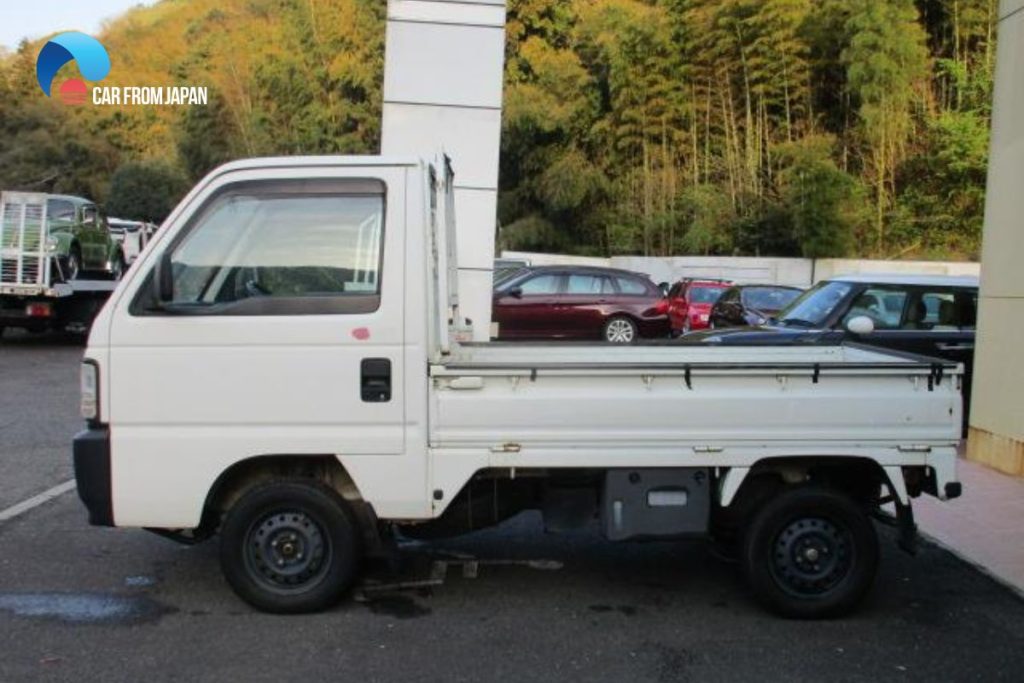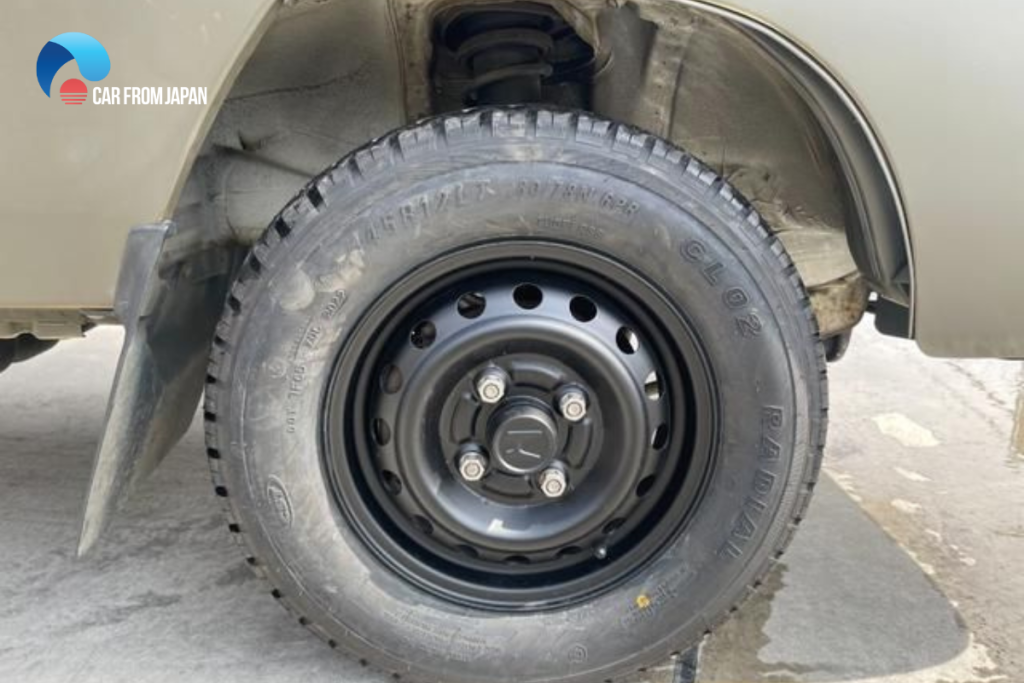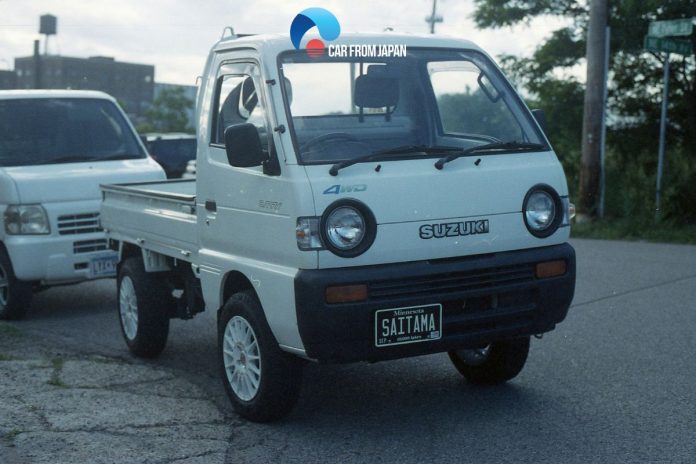It can be gratifying and nostalgic to drive a kei truck or JDM classic in the US. However, these small imports require more than just occasional care when the summer sun shines fiercely. Their systems are designed for Japan’s mild climate and fast-paced cities, but the intense heat in America strains them to the breaking point. Therefore, you ought to know how to get your car ready for these circumstances.
Choosing to run an FL VIN lookup mid-season gives you a vital edge. It confirms exact model specs and helps identify maintenance history or part compatibility. It’s one of the most reliable ways to plan your upgrades and avoid mismatches when sourcing components, for example.
Contents
Cooling System Readiness
The key to summer survival is effective cooling. Since these cars frequently have small radiators and thin hoses, there isn’t much room for mistakes.
First, flush and refill your coolant at the beginning of the season using a low-silicate formula recommended for aluminum components. You should inspect the radiator for signs of corrosion or blockage, and test the pressure cap — it’s a small part but critical for maintaining proper pressure. If your kei truck has an electric cooling fan, try to verify it cycles on at the right temperature. If it’s belt-driven, tension and wear become even more important.
Rubber hoses degrade faster under heat, so be sure to check for any swelling or cracking. You should care to replace aged clamps too, as pressure loss here is common but easy to miss. Belt wear, especially in older engines, often becomes apparent in summer when they’re under maximum tension.

Oil, Battery, and Airflow Considerations
Heat stress impacts lubrication and electrical systems more than you might think. Engine oil breaks down faster in high temperatures, and synthetic oil is often worth the investment. For summer, consider a slightly thicker grade like 10W-30 unless your model specifically requires something else.
Another simple gain is a clean air filter. Road dust and high heat rapidly limit airflow, which results in power loss and reduced fuel efficiency. If it appears gray or clogged, try replacing it.
Battery performance drops in extreme heat due to increased chemical activity. Fluid evaporation and terminal corrosion are also common. So, you should clean the terminals monthly and test the voltage to ensure reliable starts.
Tire Pressure and Road Grip
Tires expand significantly in the heat, and so does the risk of blowouts. Consider the table below to stay on the safe side:
| Checkpoint | Recommendation |
| Pressure | Check weekly or before long drives |
| Tread depth | Maintain above 4/32″ for safety |
| Sidewall condition | Inspect monthly for cuts or bulges |
| Spare readiness | Keep a patch kit and compact inflator onboard |

What Goes in the Emergency Kit?
A tailored summer kit goes beyond the basics and focuses on real roadside needs. Essentials to include:
- 2 liters of drinking water per person
- Cooling towel or foldable shade cloth
- Jumper cables and a compact tire inflator
- Backup fluids like coolant, engine oil, and brake fluid
- High-SPF sunscreen and protective sunglasses
- A printed local map and a phone power bank.
This compact kit ensures you’re prepared not just for mechanical issues, but also for heat exposure if you’re stuck waiting for help.
Cabin Heat and Interior Wear
The thick insulation present in contemporary automobiles is sometimes absent from Kei trucks and JDM oldies. This implies that their cabins heat very quickly, particularly when parked outside. Additionally, you should be aware that extreme temperatures damage electronics, fabric, and plastics in addition to affecting comfort.
Reduce the warmth inside your car by using a reflective windshield cover. When parking in secure locations, take care to slightly crack the windows to dissipate any heat accumulation. Make sure the air conditioner in your car is serviced and operating at the right pressure with refrigerant.
Leather or vinyl seats benefit from UV protectant spray, which prevents cracking and fading. For extended trips, ventilated seat covers can significantly improve comfort and focus.
Why These Vehicles Need Special Summer Prep
Kei trucks and JDM models were engineered for Japanese cities, not wide-open highways or desert heat. Their engines are smaller, their cooling systems more compact, and their parts less available in local stores. Summer pushes every system harder.
So, preventative care is essential. Consider these high-impact vulnerabilities:
- Undersized radiators that overheat under sustained load
- Low fan output compared to modern vehicles
- Rubber parts sourced years ago that degrade faster in heat
- Electrical components that weren’t designed for US voltage variations.
These limitations don’t mean they’re fragile. With proper attention, these vehicles perform reliably, even in harsh weather.
Professional Support and Periodic Checks
Even the most detailed DIY routine should be backed by professional inspection. You should schedule a full pre-summer check with a shop familiar with Japanese imports. Ask for specific attention to:
- Radiator pressure testing and fan operation
- Belt condition and proper tension
- AC refrigerant level and filter cleanliness
- Brake fluid condition (heat affects pedal feel)
- Mounts and suspension bushings, which suffer from prolonged heat.
Shops experienced in JDM models can often catch subtle signs of failure you might overlook, like a timing belt just starting to crack or an alternator running hot.
If you want to keep your kei truck or JDM classic running strong through the sweltering summers in the United States, our expert survival guide is made especially for you!



